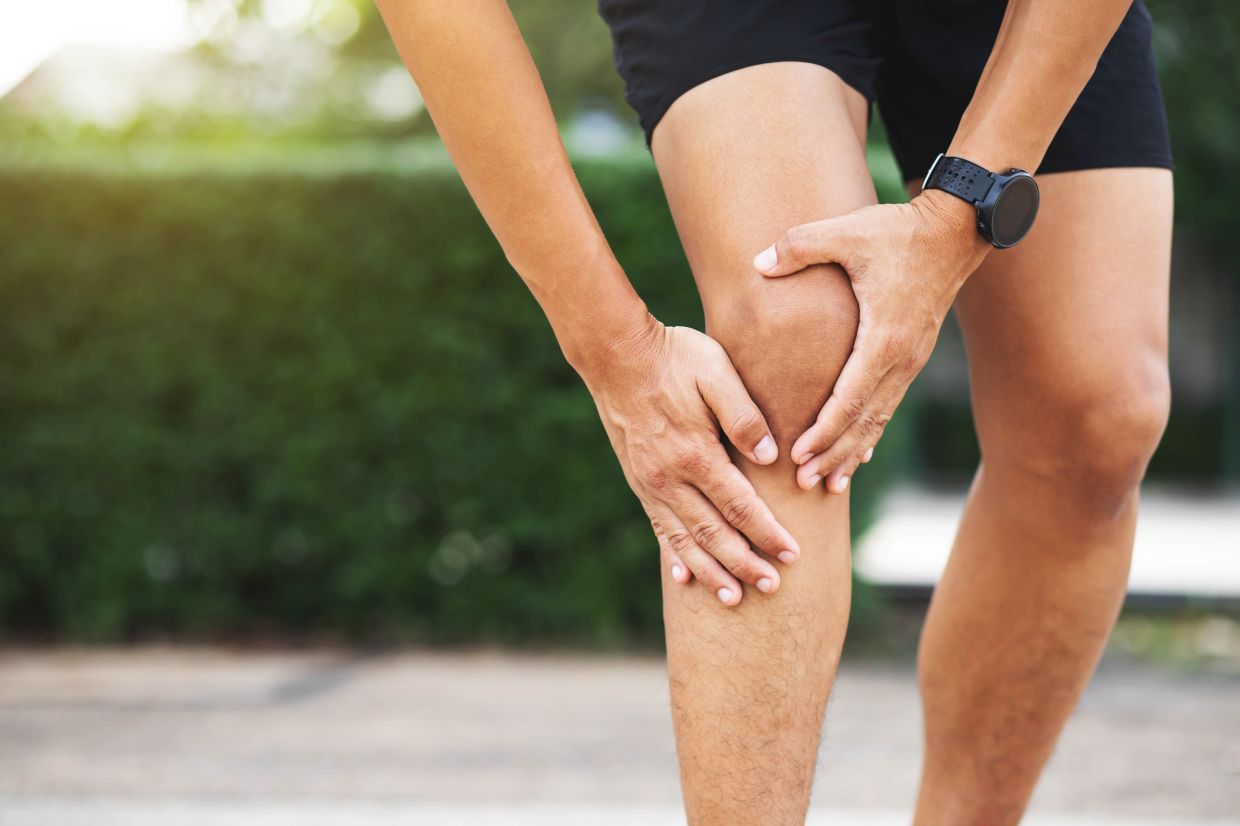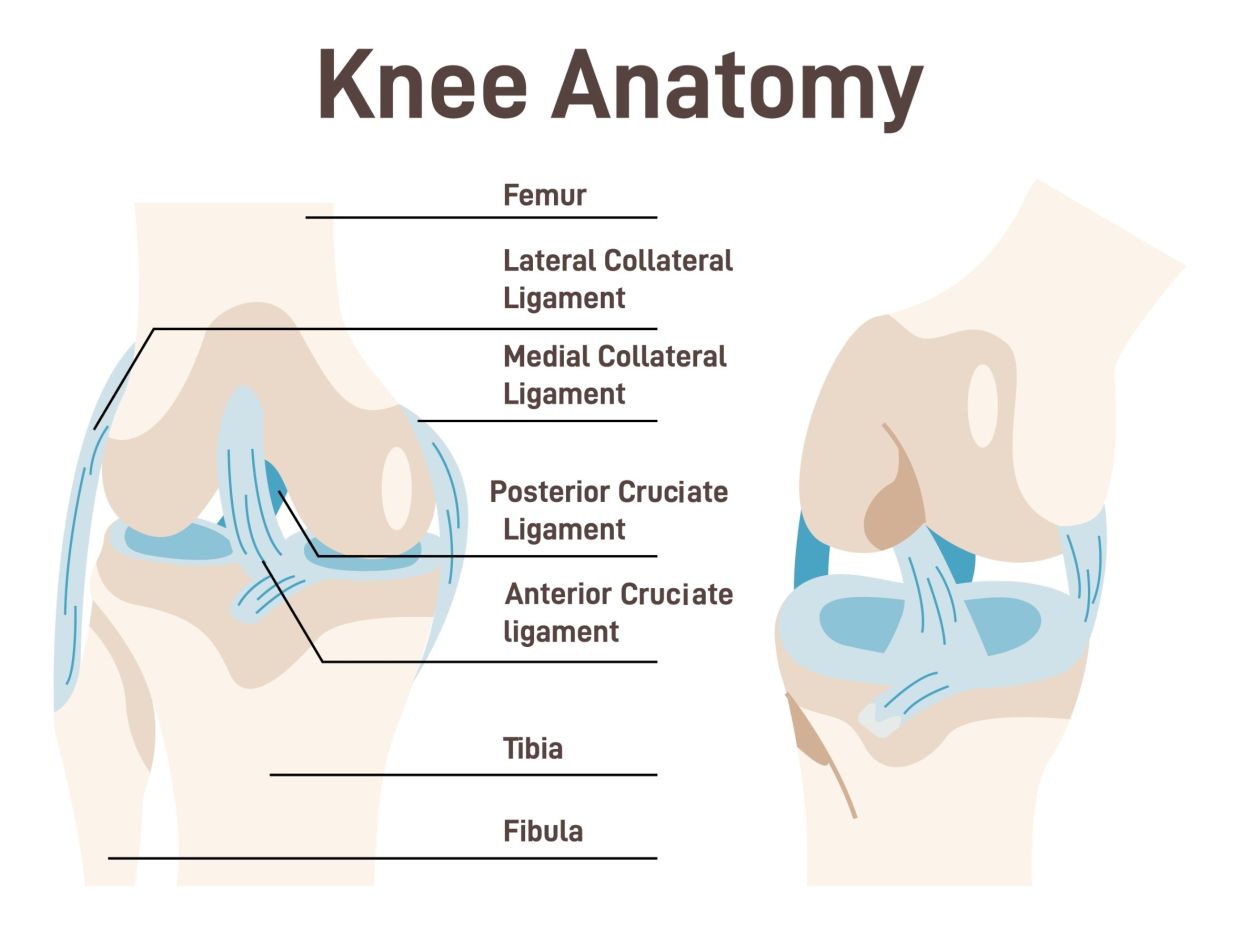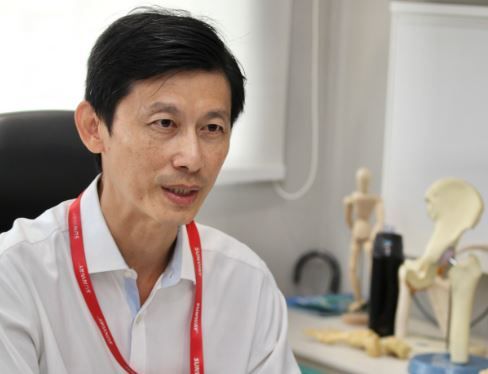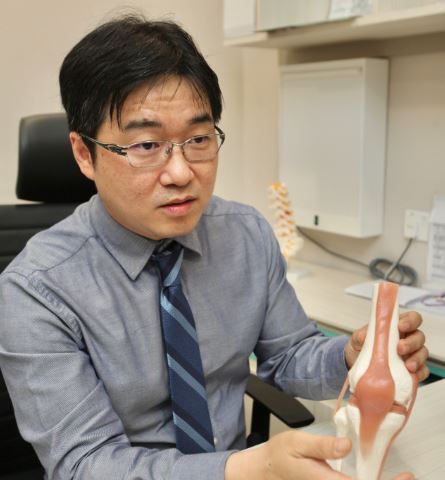TACKLING KNEE INJURIES
06 August 2023

Injuries to the knee (like tears) can stem from various sources, such as sports-related trauma, sudden twisting movements, degenerative conditions or old age.
Experts discuss best practices for knee injury treatment and recovery.
NESTLED between the upper and lower leg lies a crucial hinge joint that enables us to walk, run, jump and perform a myriad of activities – the knee.
The knee is a marvel of engineering, comprising a complex network of bones, ligaments, tendons and cartilages that work together in harmony to ensure smooth movement and stability.
The knee joint is formed by the femur (thigh bone), tibia (shin bone) and patella (knee cap), with a combination of four primary ligaments – the anterior cruciate ligament (ACL), posterior cruciate ligament (PCL), medial collateral ligament (MCL) and lateral collateral ligament (LCL).
In addition to these ligaments, the knee houses two special types of cartilages – the meniscus which acts as a cushion or shock absorber between the bones, and articular cartilage which is responsible for smooth joint movement.

While this intricate design enables us to navigate and traverse with ease, it also makes the knee more vulnerable to injuries which could disrupt mobility.
Common injuries
Sunway Medical Centre Velocity (SMCV) consultant orthopaedic and trauma surgeon Dr Ng Swee Soon shares that injuries to the knee (like tears) can stem from various sources, such as sports-related trauma, sudden twisting movements, degenerative conditions or old age.
Meniscus and ACL injuries often occur together due to twisting motions or over-rotation of the knee.
“The meniscus and ACL gets injured when a tear occurs and this is usually from a twisting injury,” says Dr Ng.
“For example, if you make a quick body movement, but your foot gets planted and does not turn to follow your body’s movement, that high-energy twisting motion is usually what causes tears to occur."
Dr Ng says that MCL and LCL injuries or tears usually happen when strong force is exerted on the side of the knee, which will cause it to move and put pressure on the outer region of the knee, which is where the MCL and LCL are found.

‘Meniscus and ACL injuries often occur together due to twisting motions or over-rotation of the knee,’ says Dr Ng Swee Soon, Consultant Orthopaedic and Trauma Surgeon from Sunway Medical Centre Velocity (SMCV).
“Dashboard injuries – which is when your knee gets launched into the dashboard in a vehicular accident – typically cause PCL injuries due to the force exerted on the front of the knee,” he says.
He adds that symptoms of these injuries tend to involve severe pain and swelling.
“For the meniscus, the pain does not go away with time, because you are constantly putting pressure on it every time you take a step. Meniscus tears also make it difficult to squat or kneel.
“For ligaments, however, the pain will be present at first but will eventually go away, because it is almost like a broken rope. But, you will end up with what we call ‘giving way’, which is when your knee is loose and not stable, and you can literally feel it give way and move.”
Treatment and recovery
SMCV consultant orthopaedic, trauma and sports surgeon Dr Raymond Yeak Dieu Kiat says that treatment for meniscus and ligament tears can vary based on the specific region affected and which ligament is torn.
“A meniscus tear that is small and stable has the potential to heal on its own,” says Dr Yeak.
“But for more serious tears, such as the bucket handle tears, I would advise surgery. If you leave it alone, the tear may worsen or the tear may become irreparable.”
He shares that knee ligament tears are graded 1, 2 and 3 based on the severity of the tear, with Grades 1 and 2 tears often able to heal on their own – without surgical intervention – while Grade 3 tears often require surgery.

‘If you condition and strengthen your knee frequently, the chances of getting an injury are reduced,’ says Dr Raymond Yeak Dieu Kiat, Consultant Orthopaedic, Trauma and Sports Surgeon from Sunway Medical Centre Velocity (SMCV).
“The ACL has two bundles, so if one is torn, you still have the other. So, you can just go for rehabilitation and go on with your daily life. However, if you have persistent instability despite rehab, you may require surgical intervention.
“But, you will be advised to not play pivoting sports any more if you have a complete ACL tear, as that can lead to secondary injuries.”
Other tears, such as MCL, PCL and LCL tears can be treated conservatively, without surgery, if they occur in isolation and are of low grade tears. If the injury is high grade, surgery is usually required.
“MCL tears heal very well, so what we usually do is to rest the MCL and treat it with bracing to support the knee and avoid causing stress,” he says.
He adds that low grade MCL, PCL and LCL injuries require six weeks to two months to heal, while recovery time for a stable meniscus tear is usually around six to eight weeks, and post meniscus surgery recovery takes roughly between six months to a year.
ACL injuries, like ACL sprains and partial tears, can take about six to eight weeks to heal, while recovery for ACL reconstruction can take about six months to a year.
Maintaining knee health
Dr Yeak cites the old adage “prevention is better than a cure” when it comes to the knees.
Rehab and conditioning programmes, such as the FIFA 11+ Injury Prevention programme, are recommended for those who wish to keep their knees in top condition, and also for those looking to recover from knee injuries, he says.
“The most important thing is conditioning. That is the main thing that can help in preventing an injury. If you condition and strengthen your knee frequently, the chances of getting an injury are reduced,” he adds.
返回



